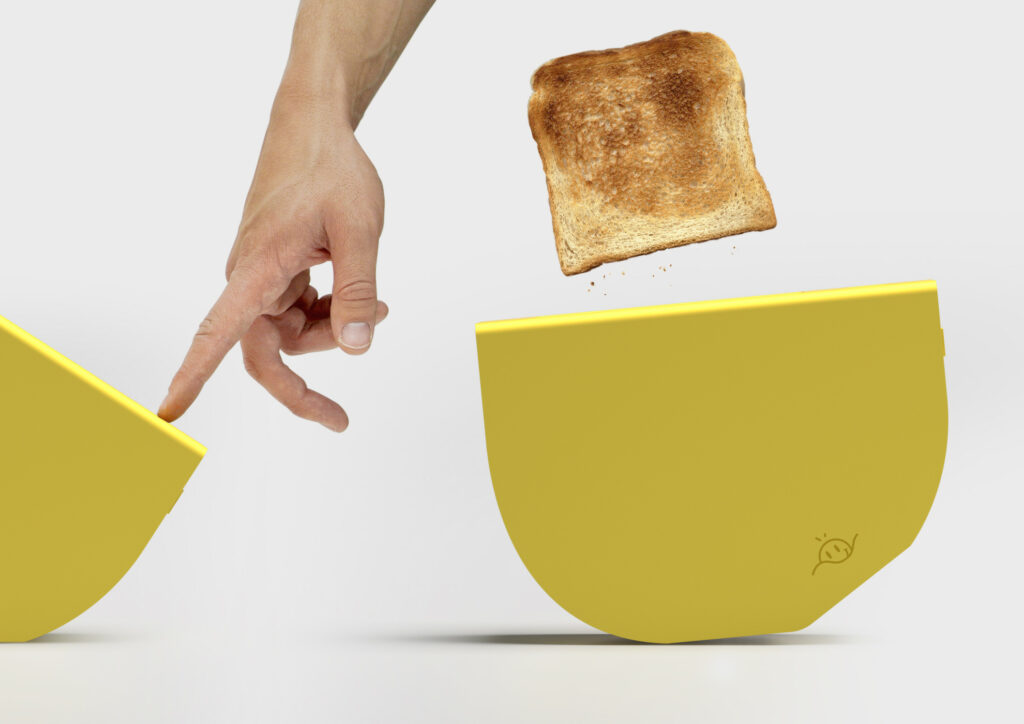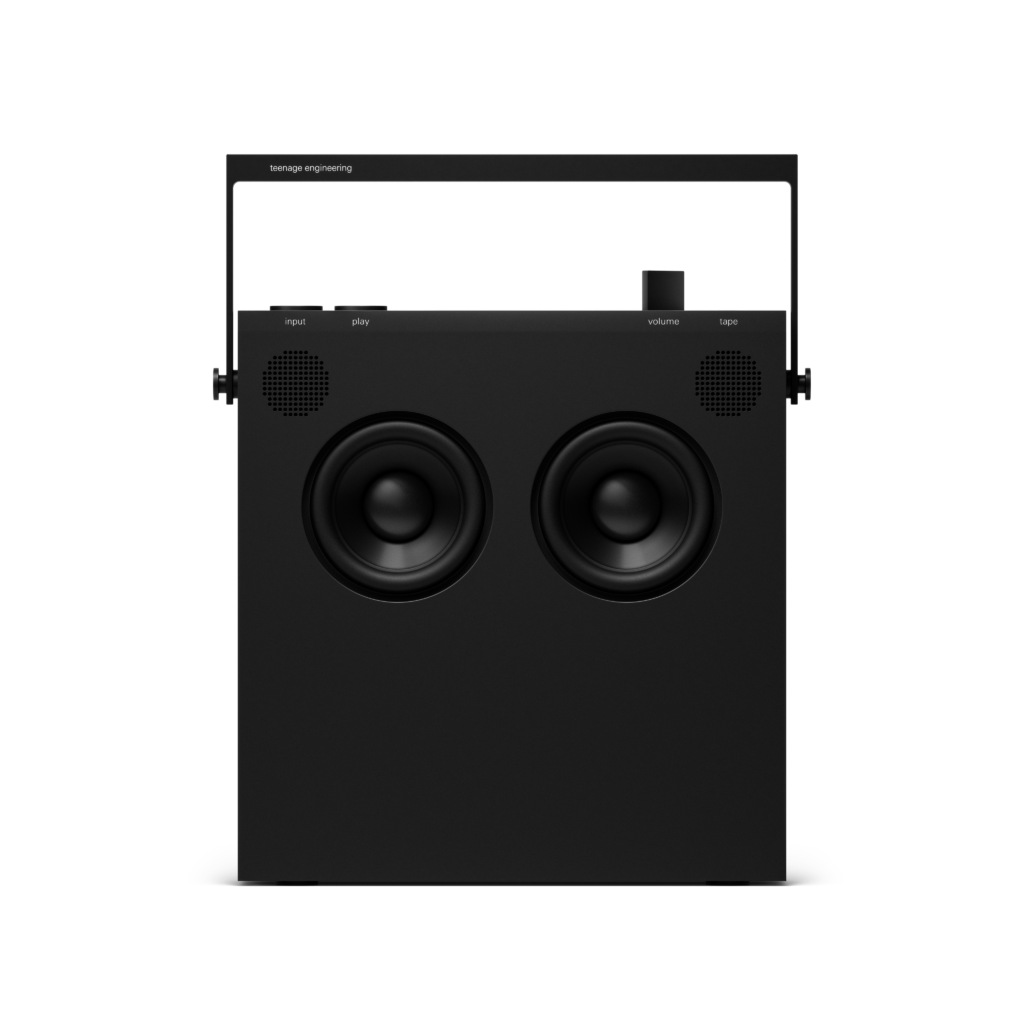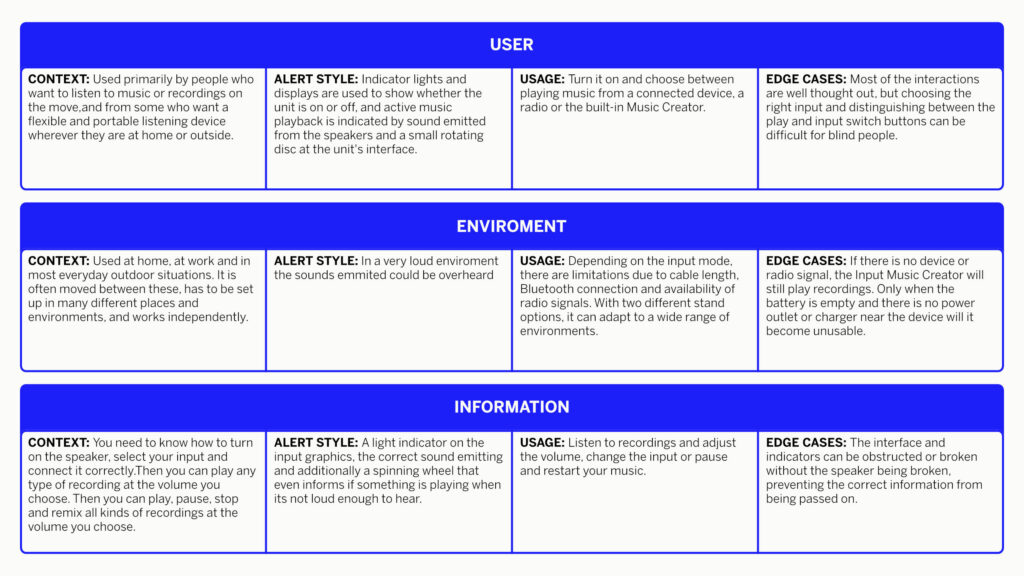After looking around and finding examples in a very industrial design heavy direction, which stems from my background as such. I took a step back and looked at the examples of Calm Technology given by Amber Case on her website on the subject. Amber Case, as mentioned in previous posts, is one of the world’s leading researchers and students of Calm Technology.1 So it will be interesting to examine her view of examples on the subject. In the following I will list the examples and their explanations given by Amber Case and try to find a common theme or binding connection between all of them as a conclusion.
ExAmples
By Amber Case2
01. Tea Kettle
„If a technology works well, we can ignore it most of the time. A teapot tells us when it is ready, and is off or quiet the rest of the time. A tea kettle can be set and forgotten, until it sings. It does not draw constant attention to itself until necessary.“
02. Inner Office Window
„An inner office window provides an understanding of whether someone is busy or not without the need to interrupt them.“
03. Lavatory Sign
„This simple display easily allows one to see whether the restroom on a plane is occupied or not. The message is universal and requires no translation.“
04. Roomba Vacuum Cleaner
„Roomba doesn’t have a spoken language, just simple tones. This tone-based language makes it easy for anyone to understand what Roomba is saying, and elimates the need to translate the tone into many different languages.
Roomba chirps happily when a task is finished. When Roomba gets stuck or needs cleaning, the device emits a somber tone. Orange and green status lights are secondary display that help communicate status in an unambiguous way.“
05. Sleep Cycle
„Sleep Cycle is a mobile application that monitors your sleep and allows you to track times of deep sleep and REM. Set an alarm and Sleep Cycle will wake you up before the time at the best place in your sleep cycle with a soft noise or buzz.
Because the haptic alert occurs under your pillow, you can configure it so that you can wake up without anyone else being affected by the alarm. SleepCycle rewards users with a sleep score, detailing how well they slept that night.“
06. Smart Badge
„A smart badge is simple. Smart badges are small, wearable technologies that don’t require a charger, user interface or operating system. Simply touch a provisioned smart badge to a door or elevator panel and you’ll easily gain access.“
07. Floor Navigation System with Icons
„Floor navigation, when done well , can quietly show people where to go in unfamiliar spaces when traveling.
Using Bauhaus iconography alongside text can help with quick mental parsing of directions while providing detailed infomation.“
Conclusion
These examples of Calm Technology demonstrate a thoughtful approach to design that prioritises user experience and well-being. They achieve this by minimising intrusion, communicating intuitively, and blending seamlessly into daily life, thereby enhancing our interactions with the world around us. From the simple design of a tea kettle to the efficient functionality of a smart badge, each example demonstrates the power of technology to enhance our lives without adding unnecessary complexity. This is achieved by using the periphery of attention, appropriate modality, and minimal technology. By implementing these factors, these examples are more human, more respectful and more enjoyable than most other products or solutions.
Resources






